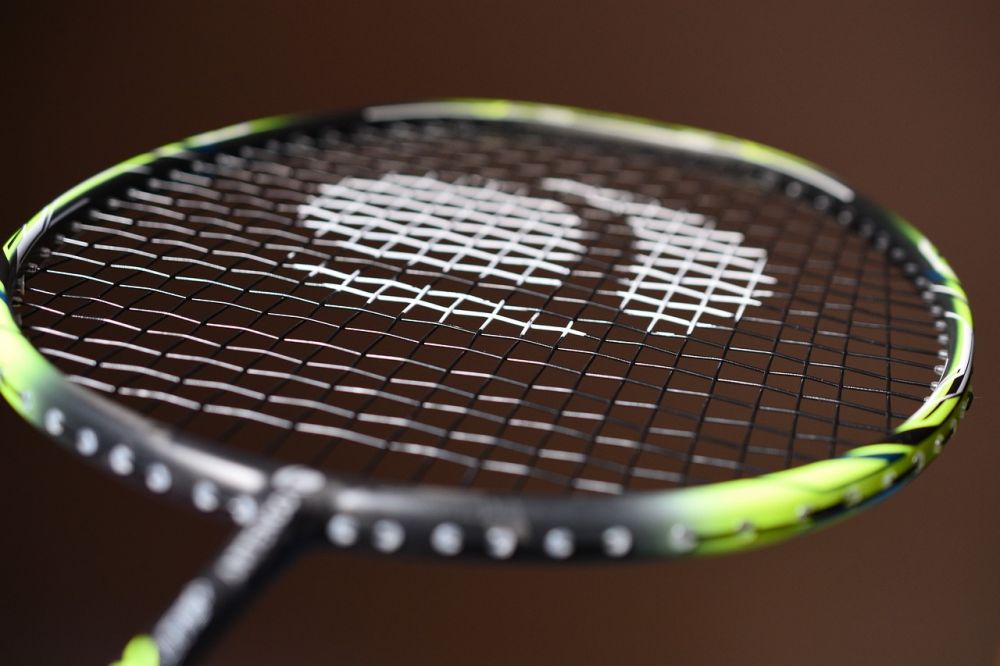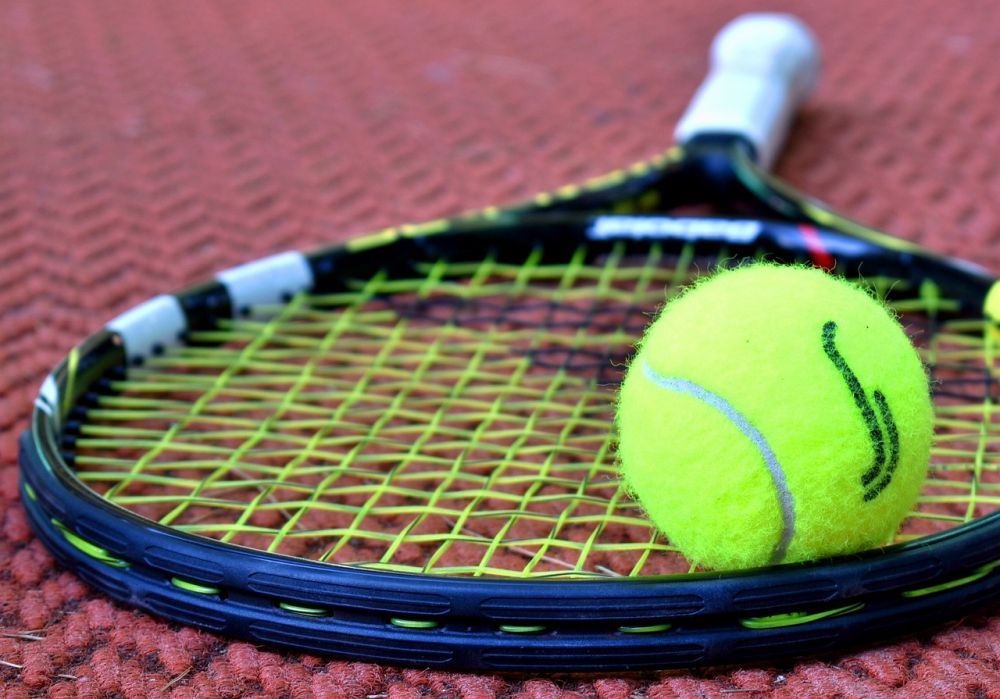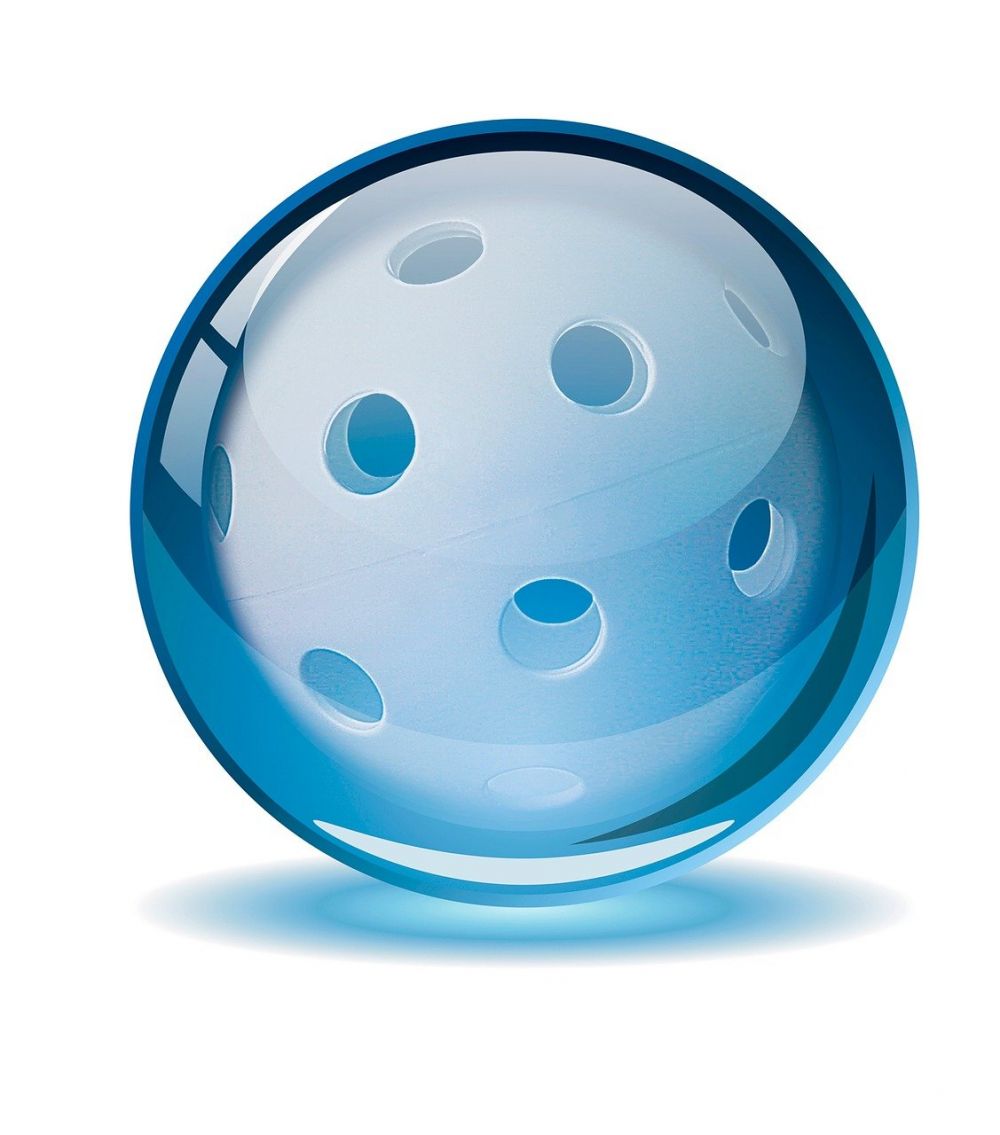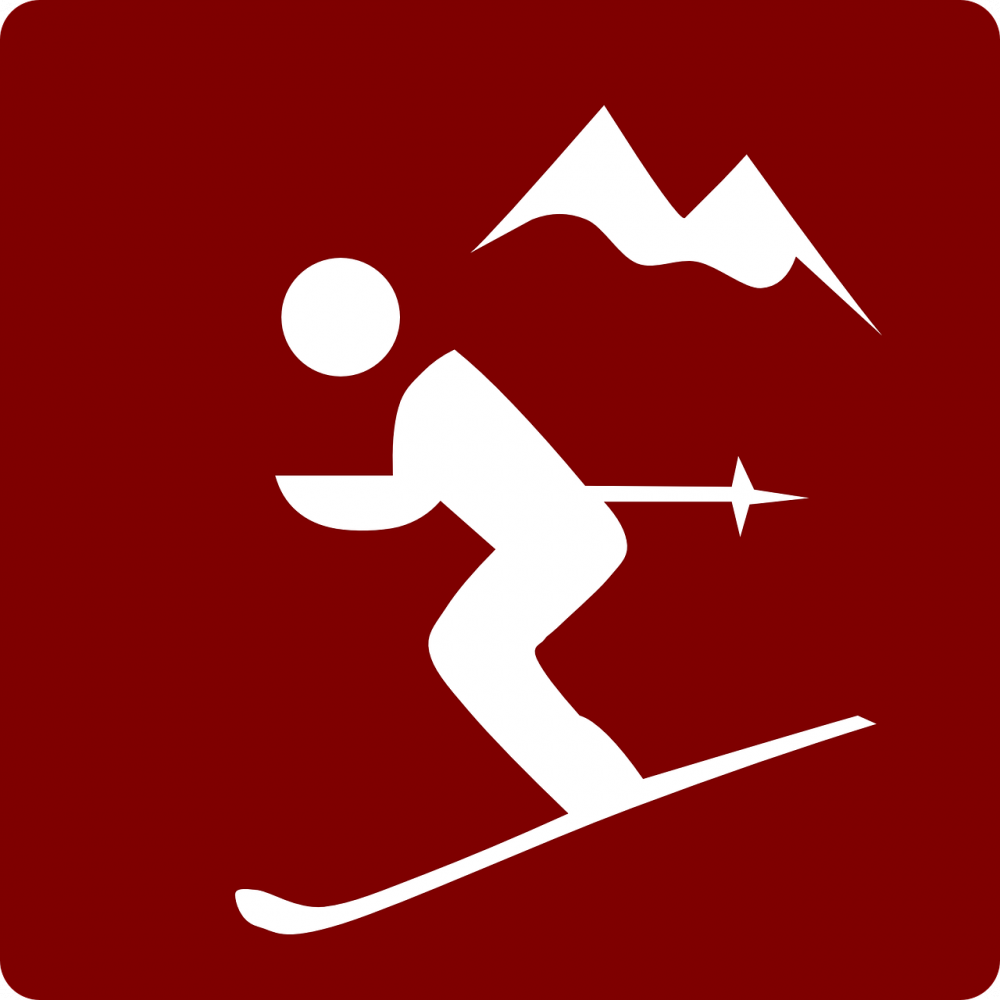Tennis Terms: A Comprehensive Guide to Enhancing Your Tennis Vocabulary

Introduction
Tennis, a popular sport played worldwide, has its own set of unique terminology and jargon that can sometimes confuse newcomers or casual spectators. In this article, we aim to provide an in-depth overview of tennis terms, discussing their definitions, types, popularity, and historical significance. By delving into the quantitative measurements of these terms and analyzing the differences between them, we hope to enhance your understanding and appreciation of this fascinating sport.
An Overview of Tennis Terms

Tennis terms encompass a wide range of vocabulary used to describe various aspects of the game. From shot techniques to scoring systems, understanding these terms is essential for players and fans alike. Let’s explore some of the most commonly used tennis terms:
1. Forehand: A stroke played with the dominant hand across the player’s body. It is one of the most powerful shots in tennis, offering control and versatility.
2. Backhand: A stroke played with the non-dominant hand across the player’s body. It requires strong technique and flexibility to execute well.
3. Serve: The opening shot of each point, executed from behind the baseline, where the server strikes the ball to initiate play.
4. Volley: A shot played in mid-air before the ball touches the ground, typically near the net. Volleys require quick reflexes and precise hand-eye coordination.
5. Drop Shot: A delicate shot with minimal power, intended to land almost immediately after crossing the net, often catching opponents off guard.
6. Smas An aggressive overhead shot executed to smash the ball forcefully into the opponent’s court, usually in response to a high lob.
Types of Tennis Terms and Their Popularity
Tennis terms can be categorized into various groups based on their nature. Some common types include shot types, court positions, tactics, scoring, and equipment-related terms. Each of these categories has its own significance and popularity within the tennis community.
1. Shot Types: As mentioned earlier, shot types such as forehand, backhand, serve, volley, and drop shot are among the most widely used and recognized tennis terms. These terms form the foundation of every player’s repertoire.
2. Court Positions: Terms like baseline, net, deuce court, and ad court describe specific areas on the tennis court where players position themselves during a match. Understanding these positions is crucial for strategizing and executing shots effectively.
3. Tactics: Tennis terms like approach shot, lob, passing shot, and spin refer to specific strategies employed to outmaneuver opponents and gain an advantage during a match. These terms are commonly used by coaches and players while discussing game plans.
4. Scoring: Terms like love, deuce, advantage, game, set, and match are essential for understanding the scoring system in tennis. Grasping these terms is crucial for following matches and keeping track of the players’ progress.
5. Equipment-related Terms: Tennis is played with specific equipment, and terms like racket, strings, grip, and dampener are commonly used to discuss and analyze the gear used by players. These terms are frequently utilized by professionals, equipment reviewers, and enthusiasts.
Quantitative Measurements of Tennis Terms
When analyzing tennis terms, it can be insightful to consider quantitative measurements related to their usage. Some potential measurements include:
1. Frequency of Usage: By examining data from tennis broadcasts, match statistics, and online platforms, we can identify the most frequently used tennis terms. This data can reveal the popularity and significance of certain terms within the tennis community.
2. Geographical Variations: Tennis terms may vary regionally or even internationally. Analyzing the prevalence of certain terms in different countries or regions can shed light on cultural influences and linguistic variations within the sport.
3. Social Media Impact: With the rise of social media, tennis terms have found their way into hashtags, captions, and discussions online. Tracking the use of specific terms on platforms like Twitter or Instagram can provide insights into their social impact and popularity among tennis fans.
Differences Between Tennis Terms
While many tennis terms are universally recognized, some variations and differences exist within the sport. These differences can stem from factors such as playing style, regional influences, or rule variations. Let’s explore a few examples:
1. Clay Court Terminology: Players and fans who are accustomed to clay court tennis often use terms like ”slide” (referring to players sliding on the clay surface), ”dirtball” (a shot with heavy topspin that stays low and bounces unpredictably), or ”chasing drop shots” (since clay courts allow for slower shots that have a higher chance of being retrieved).
2. Hard Court vs. Grass Court Language: Tennis terms also differ based on the type of court surface. For instance, hard court players may use terms like ”cracked court” (referring to the wear and tear of the surface) or ”skidder” (a shot that skids off the surface due to its lower bounce). Conversely, grass court players may use terms like ”slicers” or ”grass specialists” (players who excel on grass due to its low bounce and faster play).
Historical Overview of Tennis Terms: Advantages and Disadvantages
Tennis terms have evolved over time, reflecting the changing nature of the game and its rules. Understanding the historical context behind certain terms can provide valuable insights into their advantages and disadvantages. Let’s delve into a brief historical overview:
1. Transition from Lawn Tennis to Modern Tennis: Terms like ”love” (representing zero), ”deuce” (signifying a tie at 40-40), and ”advantage” (used when a player has won a point after deuce) have their origins in traditional lawn tennis. As the sport transitioned to the modern game with standardized rules and scoring, these terms carried over, adding to the rich tennis vocabulary we have today.
2. Equipment Advancements: Technological advancements in racquet and string technology have influenced the tennis terms used to describe shot techniques. Terms such as ”banana shot” (a shot with extreme topspin) or ”whip finish” (a powerful follow-through with the racquet) have emerged as a result of the increased control and spin that modern equipment allows.
Conclusion
Tennis terms form an integral part of the sport, shaping the way players communicate, strategize, and analyze their performance. With an understanding of these terms, enthusiasts can engage more deeply with the game and appreciate the nuances of player tactics and shot execution. By exploring the history, usage, and variations of tennis terms, we hope to have provided a comprehensive guide that enhances your knowledge of this exciting sport.
[INSERT VIDEO HERE: A short clip demonstrating the different tennis shots and their corresponding terms.]
Remember, whether you’re playing the game or watching it as a fan, having a solid grasp of tennis terms can elevate your overall experience. So, familiarize yourself with the language of tennis and unlock a deeper understanding of the game.





